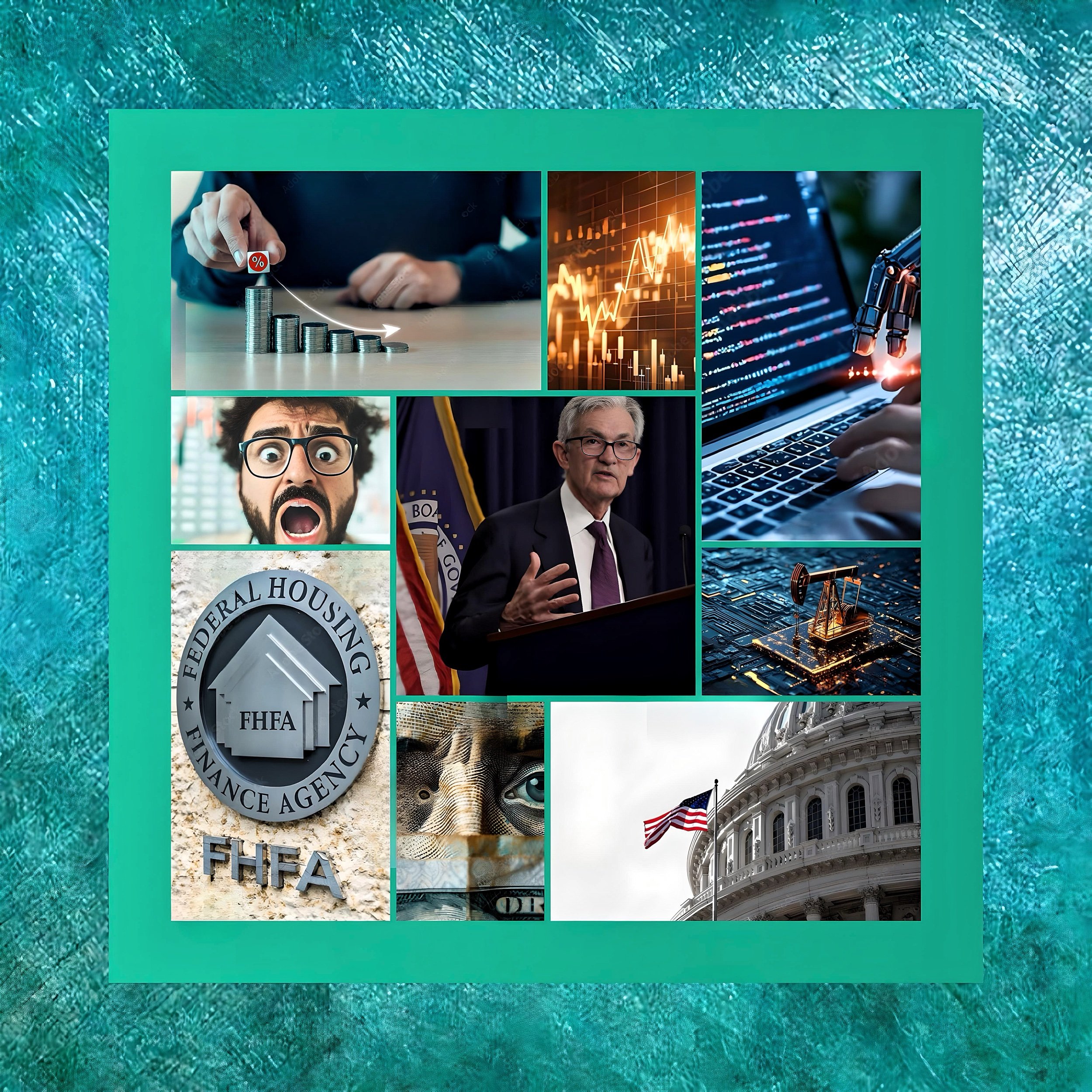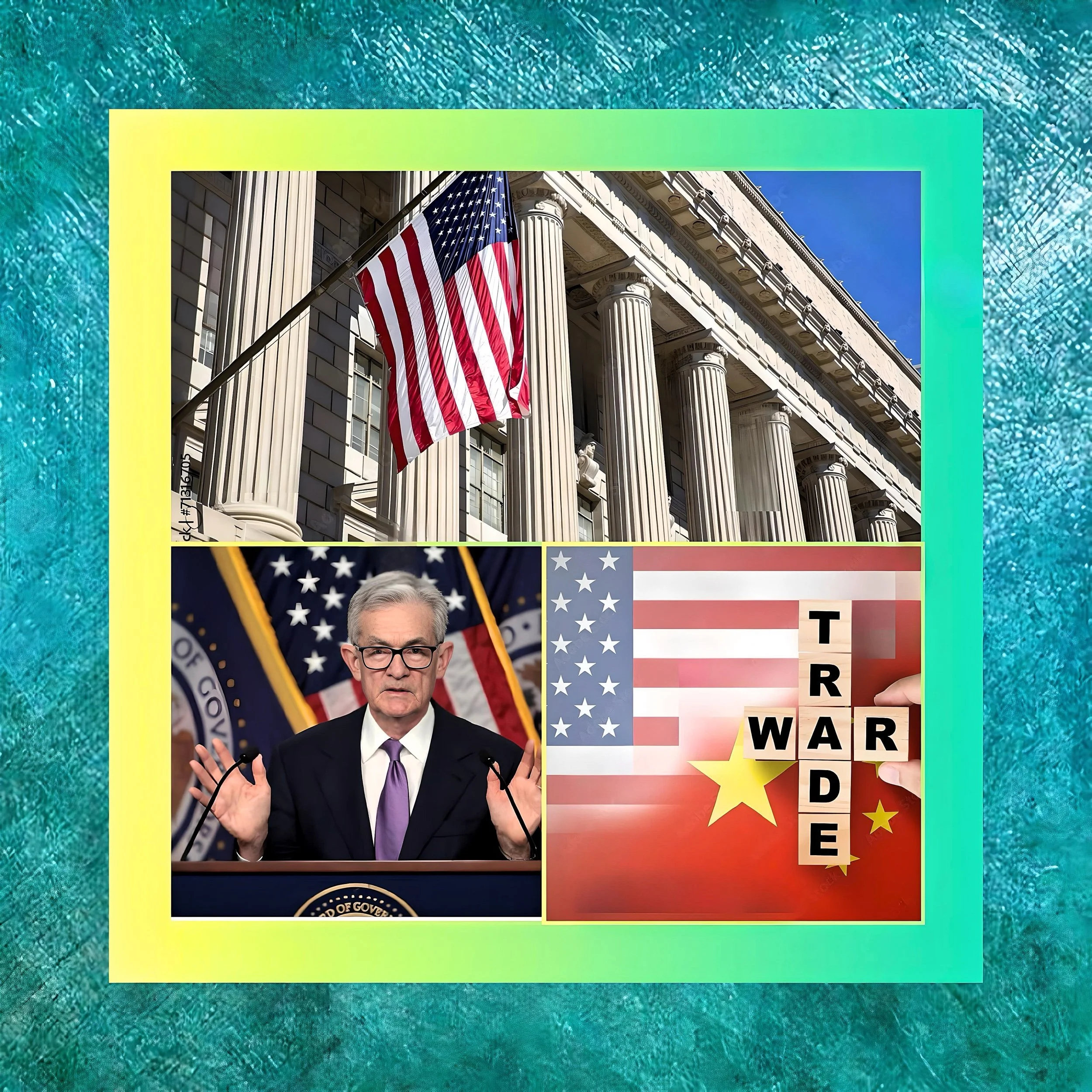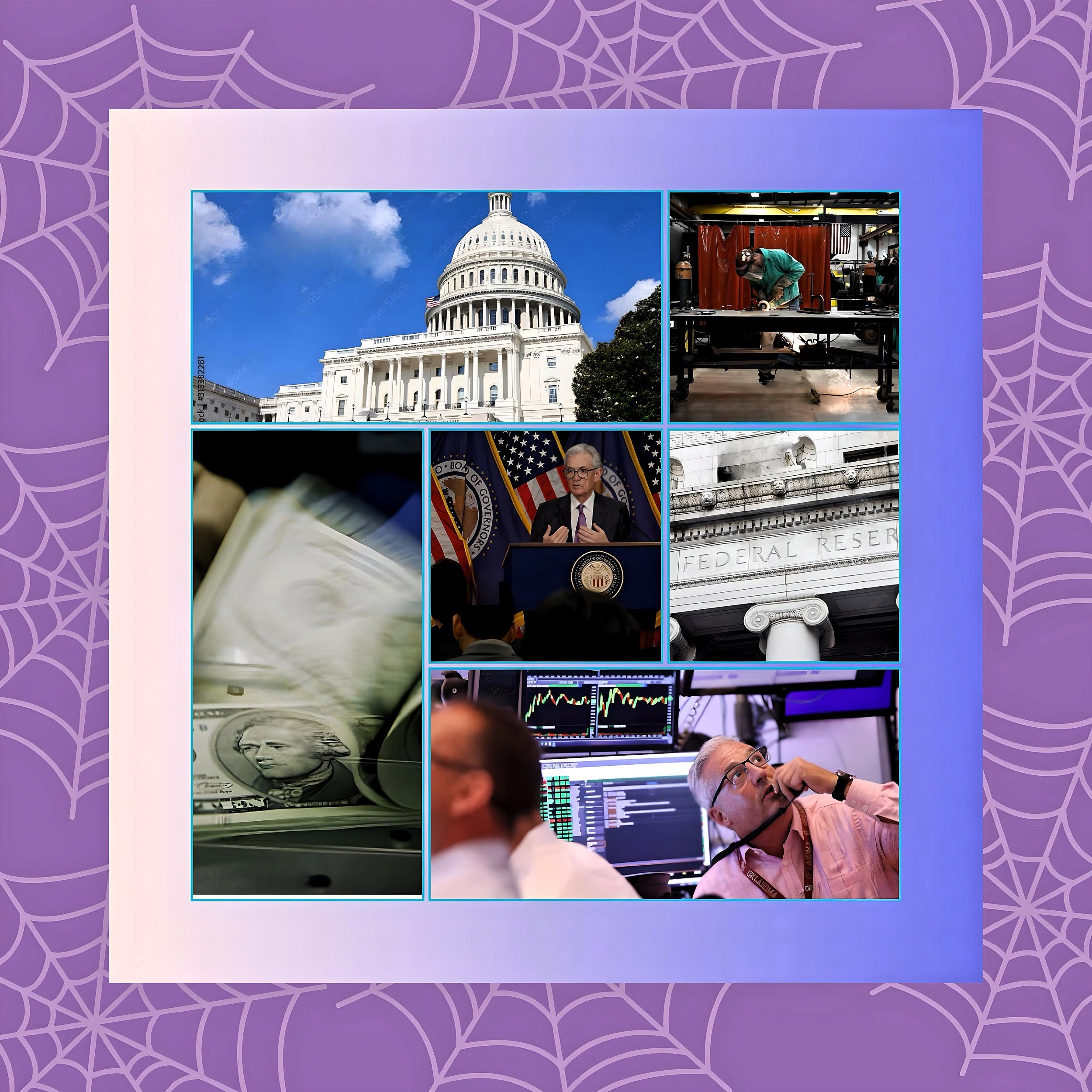Federal Reserve Strategies for Addressing Persistent Inflation Above Target
Introduction
The Federal Reserve faces a complex macroeconomic landscape as it seeks to manage inflation, which remains stubbornly above its 2% target.
With core PCE inflation at 2.6% as of December 2024 and recent tariff-driven price pressures complicating disinflation efforts, Chair Jerome Powell has outlined a multipronged approach to restore price stability while mitigating employment and economic growth risks.
Drawing on historical precedents, evolving policy frameworks, and real-time economic data, the Fed combines restrictive monetary policy, adaptive forward guidance, and operational adjustments to balance sheet management.
FAF examines the Fed’s contingency plans for prolonged inflationary pressures, analyzing tools, thresholds, and political-economic considerations shaping its response.
Maintaining a Restrictive Monetary Policy Stance
Extended Period of Elevated Interest Rates
The Federal Open Market Committee (FOMC) has maintained the federal funds rate at 4.25%–4.5% since January 2025, reflecting its commitment to restrictive policy until inflation sustainably nears 2%.
Powell emphasized this approach in March 2025 remarks: “We do not need to be in a hurry…and are well positioned to wait for greater clarity”. Historical parallels guide this patience—the Fed held rates steady for 15 months during 2006–2007 before the Global Financial Crisis, demonstrating tolerance for extended pauses when inflation risks persist.
Current modeling suggests the neutral rate (r*) has risen to 2.5–3% in real terms due to fiscal expansion and productivity shifts, implying policy remains moderately restrictive.
The Fed’s asymmetric reaction function prioritizes inflation containment over growth risks, with internal estimates showing:
Each 1% fiscal stimulus requires a 25bps rate hike equivalence to neutralize inflation
If inflation stays above 2.5%, unemployment could rise to 4.5% without triggering emergency easing.
Conditional Rate Hike Thresholds
While not the base case, policymakers have defined triggers for resuming tightening
Core PCE exceeding 3% for two consecutive quarters
12-month inflation expectations surpassing 3% (currently 2.1–3.1% across surveys)
Wage growth accelerating beyond 4.5% with productivity below 1.5%
The Fed’s December 2024 dot plot showed 3 of 19 officials projecting additional hikes, reflecting latent hawkish sentiment.
Balance Sheet Normalization and Liquidity Management
Accelerated Quantitative Tightening (QT)
The Fed plans to increase monthly Treasury runoff caps from $60B to $90B if inflation persists above 2.5% through Q2 2025, accelerating the reduction of its $7.4T balance sheet.
This would
Remove $1.08T annual liquidity vs. the current $720B pace
Push 10-year Treasury yields 30–50bps higher through duration supply effects
Complement rate policy by tightening financial conditions.
Selective Asset Sales
Contingency plans exist for outright sales of:
$120B agency MBS to reduce housing market distortions
$50B long-dated Treasuries to steepen yield curves
These would mark the first active sales since 2017, symbolizing heightened inflation resolve.
Enhanced Forward Guidance and Communication Strategy
Outcome-Based Guidance Framework
Moving beyond calendar-based projections, the Fed is adopting a Berkeley Dashboard system tracking 42 high-frequency indicators like
Real-time shelter inflation (Zillow Observed Rent Index)
Tariff passthrough rates (Customs data)
Small business price plans (NFIB surveys)
Powell’s March 2025 speech formalized thresholds for policy shifts:
Easing trigger: Core PCE ≤2.3% for 6 months + unemployment ≥4.5%
Hiking trigger: Core PCE ≥3% + wage growth ≥5%
Inflation Expectation Anchoring
To prevent de-anchoring, the Fed is:
Publishing stress test scenarios showing inflation outcomes under different tariff regimes
Enhancing regional outreach with 30+ townhalls targeting demographics showing elevated expectations (e.g., rural households)
Coordinating with Treasury on debt issuance tenor to reduce term premium volatility.
Addressing Exogenous Inflation Drivers
Trade Policy Adjustments
With Trump’s tariffs adding 0.7–1.2% to CPI through import price effects, the Fed is:
Lobbying for exclusions on intermediate goods (e.g., semiconductors, pharmaceuticals)
Modeling retaliatory scenarios where EU/China countersanctions impact 18% of U.S. exports
Developing sectoral lending facilities for trade-exposed industries (auto, agriculture).
Energy Market Interventions
To mitigate oil price spikes ($92/barrel Brent), the Fed is
Extending swap lines to oil-importing allies (India, Thailand) to stabilize currencies
Relaxing leverage ratios for energy traders to improve market liquidity
Coordinating SPR releases with Treasury (50M barrels planned for Q2 2025).
Labor Market Recalibration
Targeted JOLTS Cooling
The Fed aims to reduce job openings from 8.1M to 6.5M through
Discouraging “overhiring” via public commentary on sectoral excesses (tech, healthcare)
Supporting workforce automation through R&D tax credit advocacy
Immigration policy engagement to ease construction/hospitality shortages.
Productivity Enhancement Initiatives
Partnerships with the Commerce Department focus on
AI adoption subsidies ($5B CHIPS Act expansion)
Regulatory streamlining (22 major rules repealed under CRA)
Vocational training (1M apprenticeships by 2026).
Contingency Planning for Stagflation
Policy Toolkit Expansion
The Fed is stress-testing unconventional tools
Yield curve control for 2-year Treasuries at 5% if inflation expectations breach 3%
Negative, accurate rates via tiered deposit facility rates
Digital dollar pilots to enhance transmission mechanism speed.
Fiscal-Monetary Coordination
Memoranda of Understanding with Treasury outline
Debt management alignment (issuing more TIPS to anchor expectations)
Automatic stabilizers triggering SNAP/UI expansions if unemployment rises 0.5pp above NAIRU
Tariff rebate programs offset consumer price impacts.
Institutional Fortification Against Political Risks
Term Resilience Measures
To safeguard independence amid 2026 leadership uncertainty, the Fed is
Codifying policy thresholds in FOMC rules to constrain future dovish pivots
Accelerating research transparency with real-time model publication
Expanding regional Fed mandates on climate/trade analytics.
Scenario Planning for Election Volatility
The Markets Group is stress-testing for
Dollar spike to DXY 120 triggering EM debt crises
Equity drawdowns >25% necessitating liquidity facilities
Municipal bond selloffs from deficit cap pressures.
Conclusion
Calibrating Credibility in a Polycrisis Era
The Federal Reserve’s inflation-containment strategy synthesizes post-Volcker resolve and 2020's operational innovation.
By maintaining restrictive rates until core PCE trends decisively toward 2%, accelerating balance sheet normalization, and hardening institutional safeguards, policymakers aim to avoid 1970s-style stagflationary traps.
However, this path risks overcorrecting—Q4 2024 GDP growth of 2.3% and February’s 151,000 jobs gain suggest tightening has yet to curb demand meaningfully.
Critical challenges persist:
Tariff-Disinflation Tradeoff
A full passthrough of Trump’s trade policies could add 1.5pp to inflation by 2026, forcing 75bps additional tightening.
Productivity Paradox
Without AI-driven efficiency gains, NAIRU may settle at 4.3%, requiring higher unemployment to stabilize prices.
Fiscal Dominance
CBO’s 135% debt/GDP projection by 2030 limits tightening capacity without triggering a debt crisis.
As Powell noted, “The costs of caution pale against the risks of acting without clarity.”
With markets pricing 65% odds of June rate cuts, the Fed’s willingness to endure short-term growth pain for long-term stability will face its sternest test since the Volcker era.
Success hinges on balancing credible inflation fighting and preserving the soft landing’s fragile gains—a task requiring equal parts economic acuity and political fortitude.




